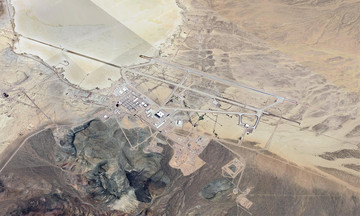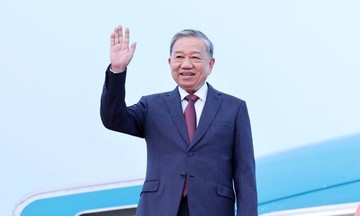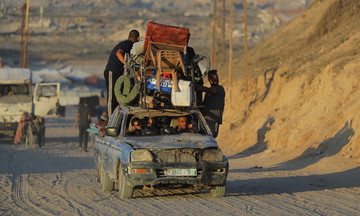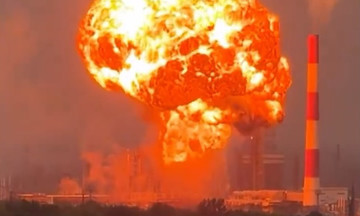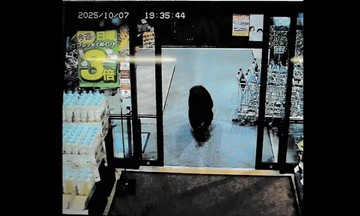Commander-in-chief of the Ukrainian Ground Forces, Oleksandr Syrsky, recently described August as a challenging month, highlighting the enemy's advantage in manpower and resources. "The adversary has a threefold advantage in personnel and resources. In key directions, the Russian army can have a 4-6 times advantage over us," he stated.
Michael Kofman, a military expert at the Carnegie Endowment for International Peace, characterized this period as the "most difficult" for Ukrainian forces since the conflict began. He emphasized that personnel shortages and training quality remain significant obstacles.
To address these challenges, the Ukrainian military is increasingly relying on unmanned ground vehicles (UGVs), deploying them for high-risk tasks in creative ways.
Oleksandr Yabchanka, a drone unit commander with the 108th Separate Assault Battalion, outlined at least eight roles for UGVs: mine-laying, cargo transport, casualty evacuation, medical evacuations, mine clearing, suppressive fire, suicide attacks, and intelligence gathering.
"Equipping a ground drone with a warhead, turning it into a suicide weapon, is the most promising method", Yabchanka explained, noting that UGVs can carry a significantly larger payload than aerial drones. While a first-person view (FPV) drone can carry a maximum of 10 kg of explosives, even the smallest UGV can transport over 20 kg. In an attack, the UGV approaches the target and detonates its payload. This allows for attacks that would be too dangerous for Ukrainian soldiers to carry out directly.
Beyond suicide attacks, UGVs can be equipped with rifles or other weapons to engage enemy positions. Yabchanka acknowledged the complexity of this application, but emphasized its potential to achieve what "even the bravest soldiers cannot.".
Mine-laying, particularly hazardous given the constant presence of Russian reconnaissance drones, is another area where UGVs excel. Not only can they perform this task more safely, but they also carry a larger number of mines per trip.
In addition to mines, UGVs transport food, water, and ammunition. "Each medium-sized one can carry more goods than 10 soldiers combined", Yabchanka revealed.
Unlike aerial drones, UGVs can also clear mines. They precede infantry formations, checking routes for explosive devices. While the UGV may be damaged if it triggers a mine, it significantly reduces the risk to personnel.
According to Yabchanka, the 108th Battalion has begun using UGVs to recover the bodies of fallen comrades, a task that previously required a minimum of eight soldiers.
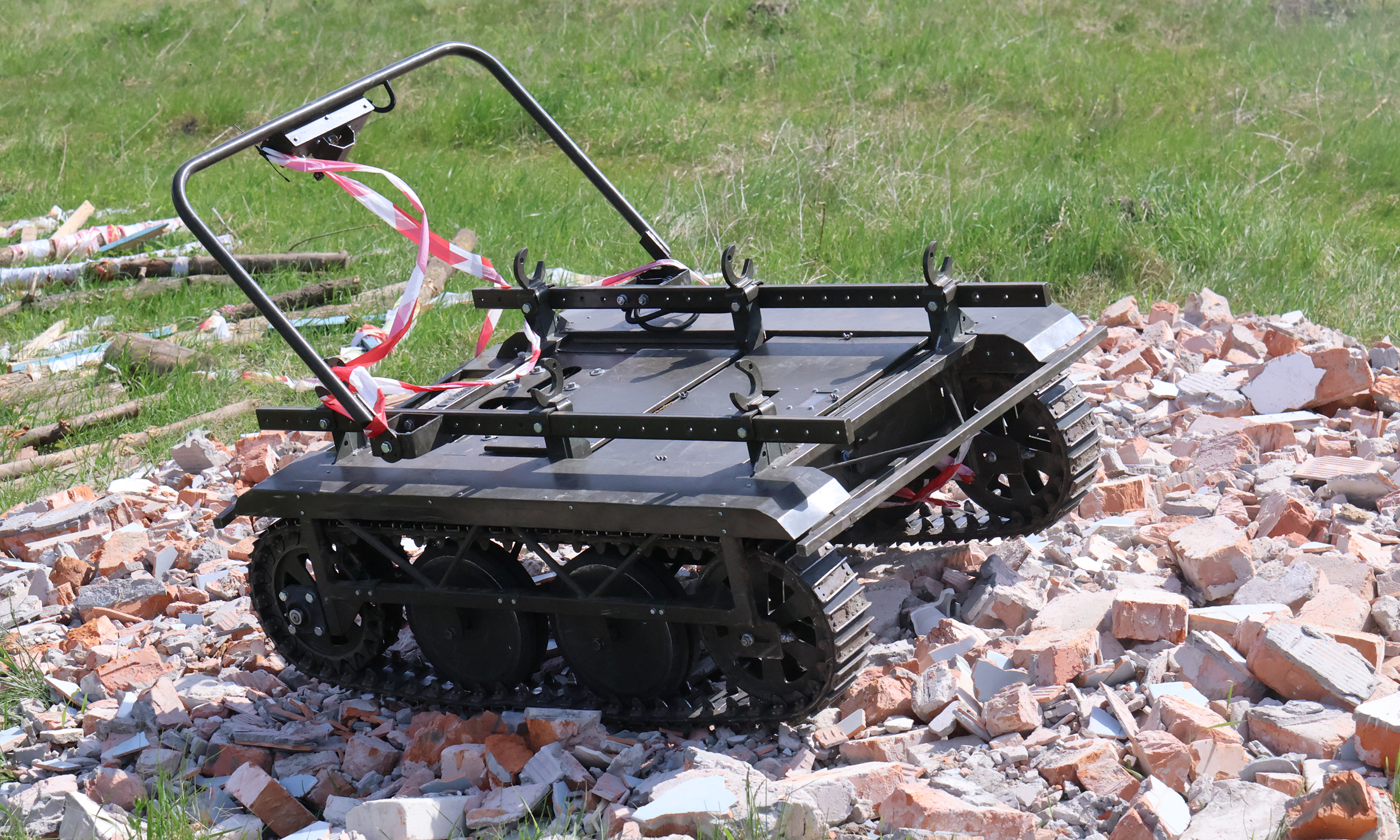 |
Ukrainian ground drone during a training session in May. Photo: *AFP* |
Despite their advantages, Ukrainian soldiers acknowledge the limitations of UGVs. While they can gather intelligence via cameras, their effectiveness is hampered by ground obstacles. They are also vulnerable to jamming, mines, and Russian fire, potentially turning them into "expensive pieces of scrap metal." While some Ukrainian companies are integrating AI and other technologies for autonomous operation, widespread implementation remains a challenge.
These risks mean Yabchanka's unit only uses UGVs for medical evacuations as a last resort. If a UGV is disabled while carrying a wounded soldier, that individual becomes trapped in an exposed and vulnerable position.
This would necessitate a risky rescue operation. The same applies to using UGVs for recovering the deceased.
Yabchanka also cautioned about the Russians' rapid adaptation. He noted that whenever Ukraine or its allies discover a new drone application, the question isn't "if" Russia will copy it, but "when.".
"The real question is who will do it faster. We need to deploy these things faster than the Russians", he stated, urging closer collaboration between European and Ukrainian companies to accelerate innovation.
Pham Giang (*Business Insider*)





